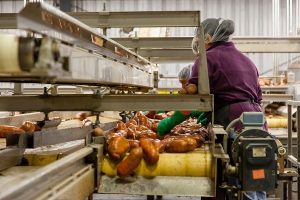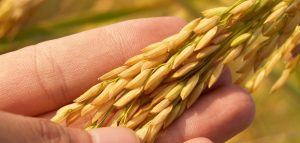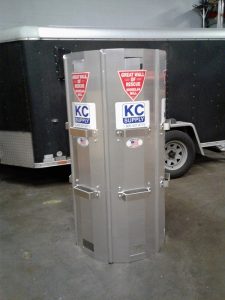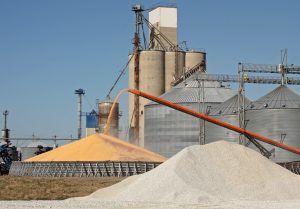
The conveyor belt is the bloodstream of your production line. You have to choose the right belt, since this part is moving for hours on end, day after day. Using the correct, compatible belt also guarantees a long lifetime of use.
Here are things you should look for when selecting the right conveyor belt:
- Check for the operating tension
The conveyor belt is where your product, or parts of it, will move and be transported in different areas along the plant. Its tension must be set at an appropriate level, and it must be able to handle the load of the product for long durations. It needs proper calibration before any use. Also, take note of the following concerns:
- If the power load has increased, check if the belt has been too worn down with use.
- If the product load has increased, the conveyor may need to be upgraded
- If the product weight has increased, check to see if the conveyor belt is catching on anything, such as pulleys, idlers or frames.
Check the flow of the belt and the process
Checking the flow entails making sure that the belt is appropriate for the conveyor width. It should smoothly transition through the loading zones, drums, and pulleys where items must go. If you find that the belt doesn’t fit those secondary items, take into account that it is easier to replace the accessories rather than the belt itself.
You also need to know how far the conveyor will have to travel. By understanding the movement’s distance, you can adjust the conveyor belt by adjusting its length or tension.
- Always be on the lookout for wear and tear
Without the conveyor belt, production will come to a halt. It’s always good to be vigilant about the wear and tear as it will be running for hours without end. Can it still manage the load? Is it wearing down? Is the cover still intact? Consider that you may need to replace the belt once again to ensure smooth, faultless production.
The right tools for the job and the right parts for the right machine ensure problem-free production in manufacturing plants and factories. Learn more about finding those perfect fits by visiting KC Supply.








